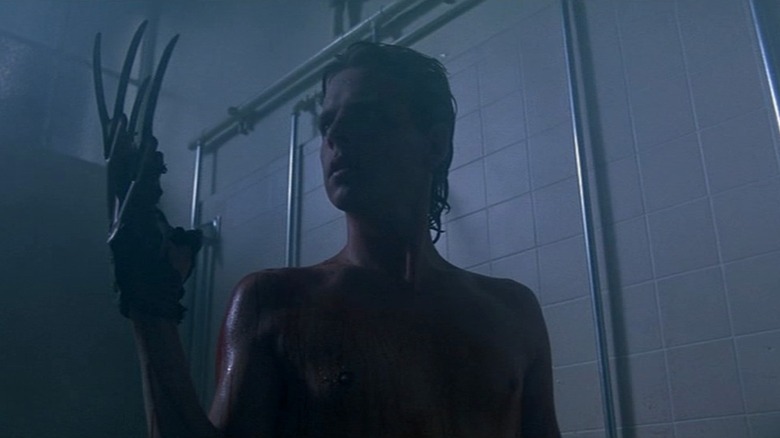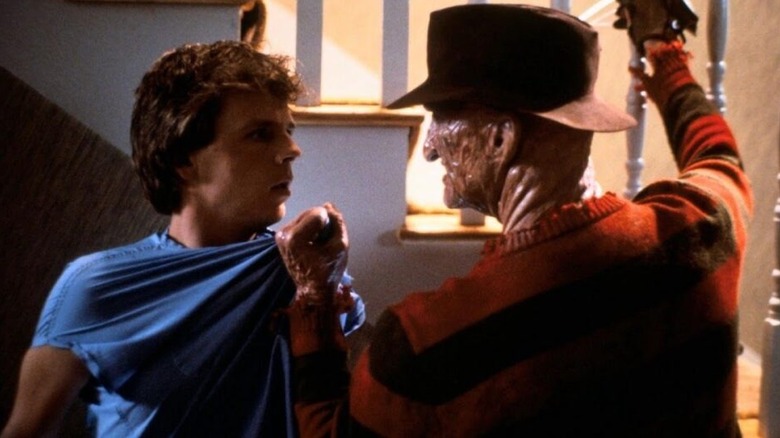there’s no question that “Elm Street” saved the studio and put it on the map, and that the series’ massive box office take and cultural impact helped lead to future victories like the “Lord of the Rings” films and the “Conjuring” franchise. On the one hand, the prosperity of the “Elm Street” movies is yet another example of the power and popularity of the horror genre as a whole. It’s a lesson that mainstream Hollywood seems to continually forget and learn all over again; after all, the box office of 2025 would be nowhere near what it is without massive horror hits like “Sinners” and “Weapons.” Yet the ubiquity of Freddy Krueger during the 1980s and early 1990s transcended even the average successful horror film. Freddy became a true successor to other horror icons like Dracula, Frankenstein’s monster, and others, appearing not just in the film series but in spin-off TV shows, comic books, toys, and other tie-in materials.
Of course, there’s no way to predict what film and character might hit it that big with the culture. Freddy’s popularity even baffled his creator, Wes Craven, as the 1994 meta-sequel “Wes Craven’s New Nightmare” tried to get to the bottom of why this guy became so huge. Given how quickly New Line put a sequel to “Nightmare on Elm Street” into production after the original film made a killing at the box office in late 1984, one would assume that at least the studio had an inkling that Freddy could be big business. However, according to a recent exclusive interview with Jack Sholder, director of “A Nightmare on Elm Street 2: Freddy’s Revenge,” this was hardly the case. As Sholder explained, New Line Cinema was not prepared for “Elm Street” to become a franchise, and this short-sightedness at the beginning of the series led to some issues with “Freddy’s Revenge,” things that almost prevented Freddy from continuing his reign of terror.



